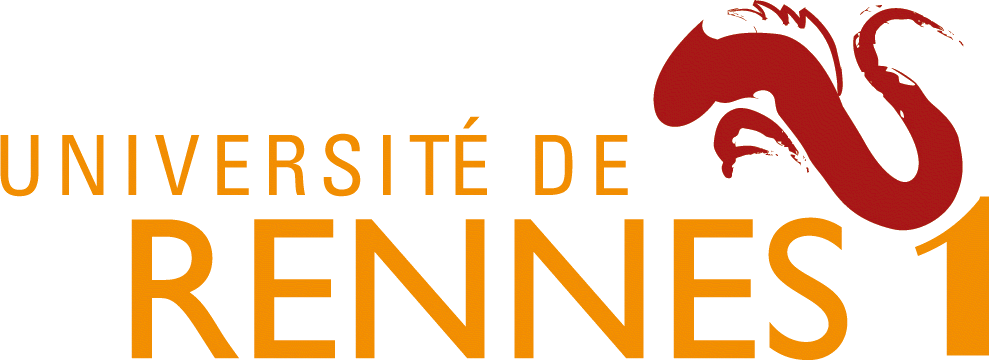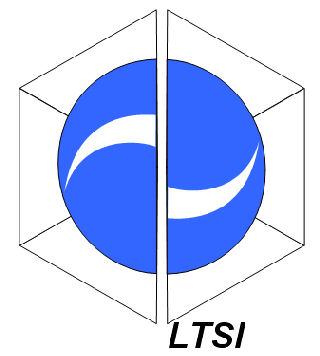News
Members
Publications
Software / Data
Job offers
Images / Videos
Collaborations
Conferences
Lab meetings: "Les partages de midi"
Practical information
Members Area
Next conferences we are in …


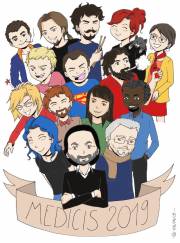
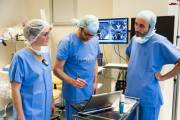
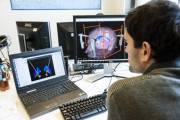
This shows you the differences between two versions of the page.
| Both sides previous revision Previous revision Next revision | Previous revision Next revision Both sides next revision | ||
|
activities:theme1:projects:sgret [2015/12/22 15:02] janin |
activities:theme1:projects:sgret [2016/01/08 15:49] fdespino |
||
|---|---|---|---|
| Line 8: | Line 8: | ||
| ====== General purpose ====== | ====== General purpose ====== | ||
| - | Since 2000's, the use of robotic assistance for laparoscopic interventions is continuously growing. In this context, the da Vinci robot from Intuitive Surgical is the only available teleoperation platform certified in the operating room. A recent report from [[https://www.google.fr/url?sa=t&rct=j&q=&esrc=s&source=web&cd=1&ved=0ahUKEwj7yMa72ePJAhWCthoKHS0nBA8QFggkMAA&url=https%3A%2F%2Fwww.ecri.org%2FResources%2FASG%2FRobotic_Surgery_Infographic_MS15369_web.pdf&usg=AFQjCNHjMbveMWF3nOjQym_EzFAPOPLhRA&cad=rja|ECRI]] highlights more than 570,000 worldwide procedures were performed using the da Vinci in 2014, which is up to 178% compared to 2009. This system helps the surgeon by improving perception, dexterity and comfort during manipulation, allowing robotic surgery to become nowadays a standard procedure in gynecology, general surgery and urology {{ da_Vinci_robot }}. However, French healthcare agencies [[http://ansm.sante.fr/var/ansm_site/storage/original/application/7bbc135f1a183ab2873686b2175bb8b4.pdf|Agence Nationale de Sécurité du Médicament et des produits de Santé]] and [[http://www.has-sante.fr/portail/upload/docs/application/pdf/2015-06/cadrage_chirurgie_robotique.pdf|Haute Autorité de Santé]] noticed that serious adverse events could appeared during robotic surgeries. Even if technical issues were notified because of the robot technology, surgeons' expertises are mainly pointed out. For this purpose, different robotic systems are available to train technical skills, such as the dV-Trainer from Mimic Technologies or the da Vinci Skills Simulator. These systems provide multiple reproducible scenarios and automatic evaluation of the surigcal tasks. Nevertheless, the main drawback of those training systems is the global evaluation of the training task only, which is not precise and informative enough for the trainee. | + | Since 2000's, the use of robotic assistance for laparoscopic interventions is continuously growing. In this context, the da Vinci robot from Intuitive Surgical is the only available teleoperation platform certified for the operating room. A recent report from [[https://www.google.fr/url?sa=t&rct=j&q=&esrc=s&source=web&cd=1&ved=0ahUKEwj7yMa72ePJAhWCthoKHS0nBA8QFggkMAA&url=https%3A%2F%2Fwww.ecri.org%2FResources%2FASG%2FRobotic_Surgery_Infographic_MS15369_web.pdf&usg=AFQjCNHjMbveMWF3nOjQym_EzFAPOPLhRA&cad=rja|ECRI]] highlights more than 570,000 worldwide procedures were performed using the da Vinci in 2014, which is up to 178% compared to 2009. This system helps the surgeon by improving perception, dexterity and comfort during manipulation, allowing robotic surgery to become nowadays a standard procedure in gynecology, general surgery and urology. However, French healthcare agencies [[http://ansm.sante.fr/var/ansm_site/storage/original/application/7bbc135f1a183ab2873686b2175bb8b4.pdf|Agence Nationale de Sécurité du Médicament et des produits de Santé]] and [[http://www.has-sante.fr/portail/upload/docs/application/pdf/2015-06/cadrage_chirurgie_robotique.pdf|Haute Autorité de Santé]] noticed that serious adverse events could appeared during robotic surgeries. Even if technical issues were notified because of the robot technology, surgeons' expertises are mainly pointed out. For this purpose, different robotic systems are available to train technical skills, such as the dV-Trainer from Mimic Technologies or the da Vinci Skills Simulator. These systems provide multiple reproducible scenarios and automatic evaluation of the surgical tasks. Nevertheless, the main drawback of those training systems is the global evaluation of the training task only, which is not precise and informative enough for the trainee. |
| ====== Description ====== | ====== Description ====== | ||
| Line 18: | Line 18: | ||
| ====== Main Collaborators ====== | ====== Main Collaborators ====== | ||
| - | {{ :activities:theme1:projects:tbme_results.png?320|}} | ||
| * Germain Forestier - Assistant Professor at University of Haute Alsace, MIPS (EA 2332) | * Germain Forestier - Assistant Professor at University of Haute Alsace, MIPS (EA 2332) | ||
| * Philippe Poignet - Professor at University of Montpellier, LIRMM-CNRS UMR 5506 | * Philippe Poignet - Professor at University of Montpellier, LIRMM-CNRS UMR 5506 | ||
| * Nabil Zemiti - Assistant Professor at University of Montpellier, LIRMM-CNRS UMR 5506 | * Nabil Zemiti - Assistant Professor at University of Montpellier, LIRMM-CNRS UMR 5506 | ||
| + | * Sandrine Voros, Alexandre Moreau-Gaudry - GMCAO-TIMC, Grenoble | ||
| ====== Main Fundings ====== | ====== Main Fundings ====== | ||
| * [[http://cami-labex.fr/|Labex CAMI]] | * [[http://cami-labex.fr/|Labex CAMI]] | ||

